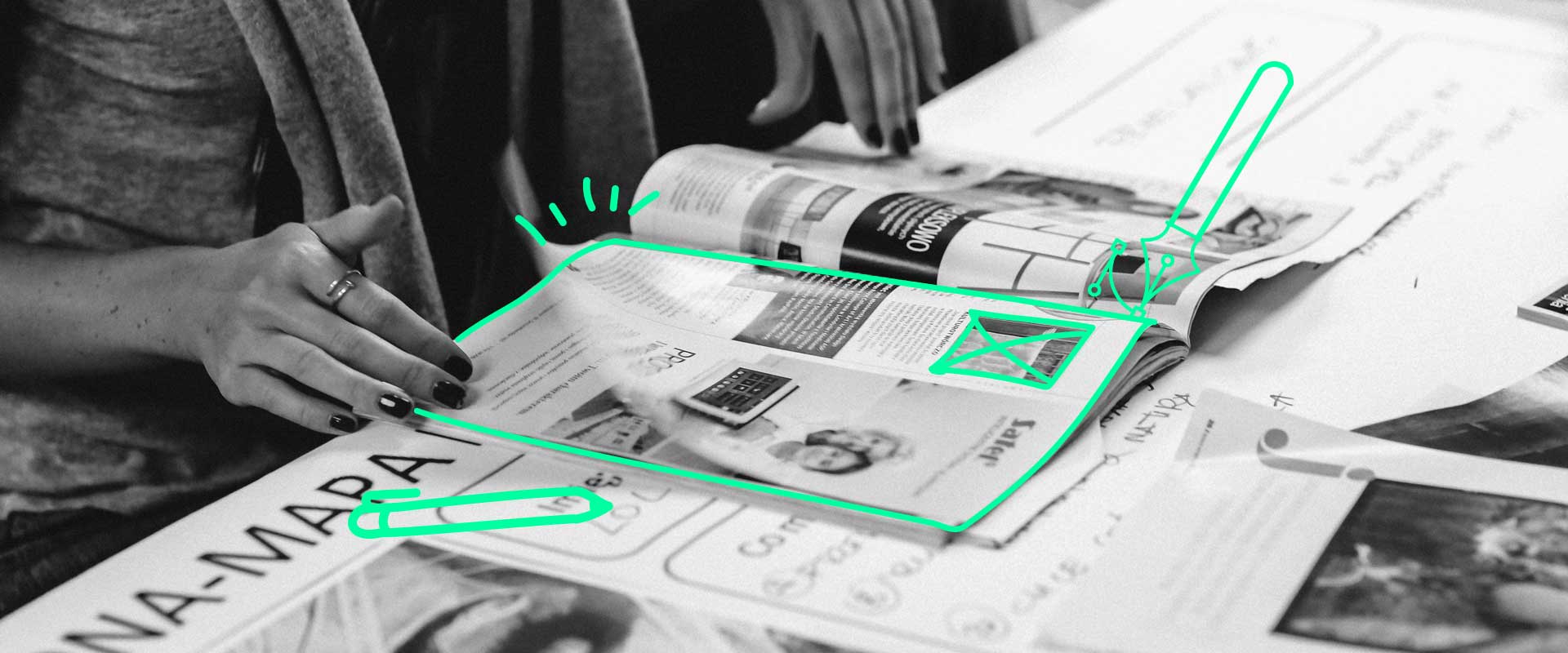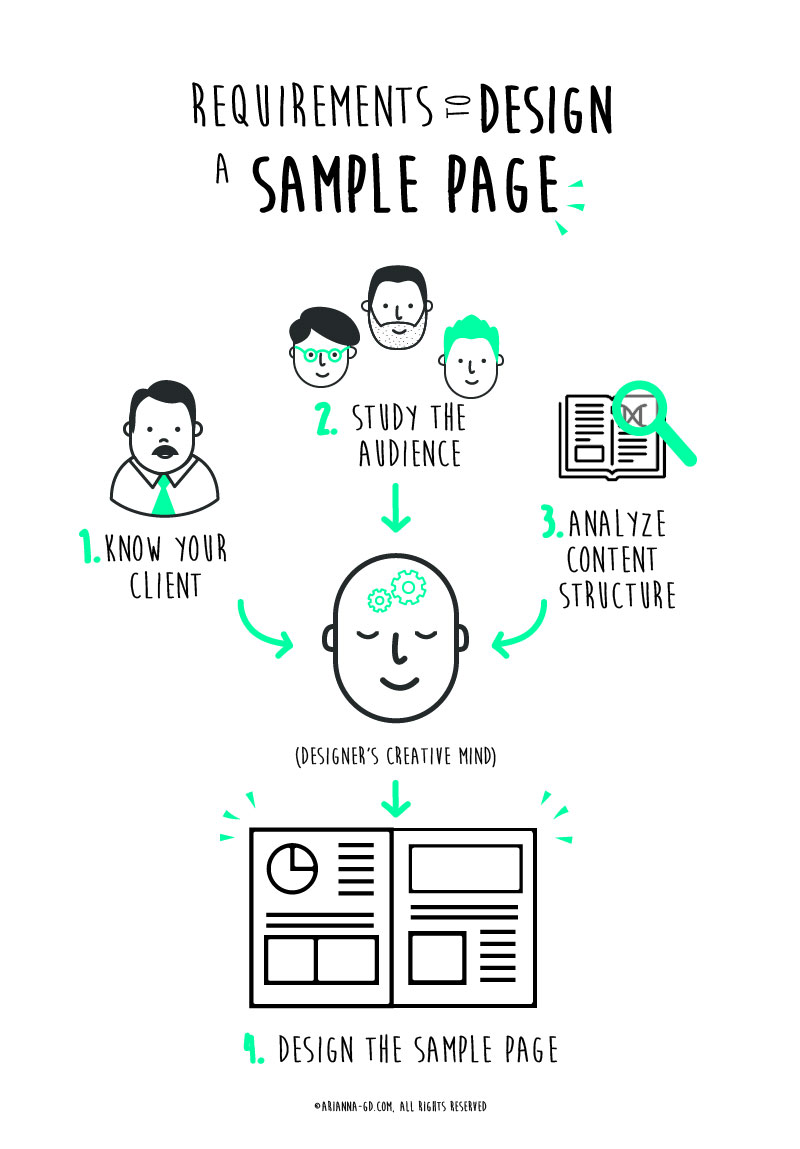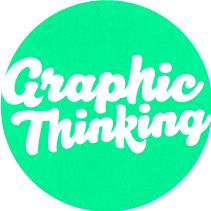
What is a must-have and what is its relation with editorial design? A must-have is an English expression that has been used mostly in the fashion world, and it refers to something you must have if you want to be updated with the current trend. For design, in general, there are certain processes that must be performed to start the creative phase, where, in addition, the guidelines that determine the development of the final product are defined. In the case of editorial design, this guidelines are set out in a sample page, whose characteristics make it the basis for editorial design.
What is a sample page?

A sample page is a graphic guide for an editorial product development. In it the graphic concept is visible, as well as how this is materialized through typography, text and image layout, color palette, graphics and illustrations style, and other elements that are part of an editorial product in particular.
The sample page will be the first thing we’ll present to the client, in order to give him an idea of how would be the design of his publication.
In principle, the sample page can be called “sketch or design proposal”, as it’s the first thing we’ll present to the client in order to give him an idea of how would be the design of his publication. So the sample page will be modified according to the client’s needs and the characteristics of the final audience.
Now, after this creative stage, when an agreement about the most appropriate graphic proposal for the project has been settled, the execution of the final sample page starts, which may consist of one or more pages (usually I design four to six pages), depending on the number of elements that must be present in the design.
So the sample page is an imperative to undertake an editorial project, without it the process can become chaotic and the result is an editorial product without a style and graphic concept defined, which may affect the quality of the design and use of the publication.
Requirements to design a sample page

As I mentioned before in some articles (Designer? What for?, What does an editorial design service imply?), every design process requires an analysis previous to the creative phase. In the case of the sample page creation we must know our client, his needs, his audience and the content of his publication.
The characteristics of our client and his needs, allow us to get an idea of how it’s his market, his competition, the tone to address his target audience, the type of products that he offers, how he distributes them and sells them, and why. On the other hand, the audience determines the way in which these products will be used, what is their util life, why and what these people would use them for and how they would benefit.
All this information constitutes the reason to be of the publication and influences the graphic concept to develop, the aesthetics of the design, format (digital or printed), periodicity, finishing (such as binding and UV gloss in the case of printed), among others.
The length and complexity of the content besides client and audience characteristics, give the pattern to define the way it will be exposed.
Finally, the content of the publication is the “physical” determinant of the project. Its length and complexity, besides the previous information (client/audience), give the pattern to define the way it will be exposed; for example, if it’s necessary to develop more illustrations or other elements to make it more didactic, or only text because it will be a book for reading.
Also, the content is a guide of the product structure. With this structure we can define a hierarchy of information that determines the titles, subtitles, pull quotes, cutlines and other elements that facilitate understanding the message of the editorial product.
There will be cases where the client needs to get a preliminary idea of how his project would be, but he’s in a phase where he doesn’t have the final content. For these situations, the best is to request a preliminary index and examples of the kind of elements that will compose the publication. Otherwise, we must make conscious the client that what would be presented as a proposal wouldn’t be even close to the final result, and advise him not to start unnecessary processes that can increase the price of our services, and that may not be covered by the budget.

And this doesn’t end here…
If you liked the part one of this must-have in editorial design, keep connected to the Graphic Thinking so you don’t miss what comes in the part two of this article, where I’ll give more details about sample page design, the elements that compose it and the benefits of its creation.



